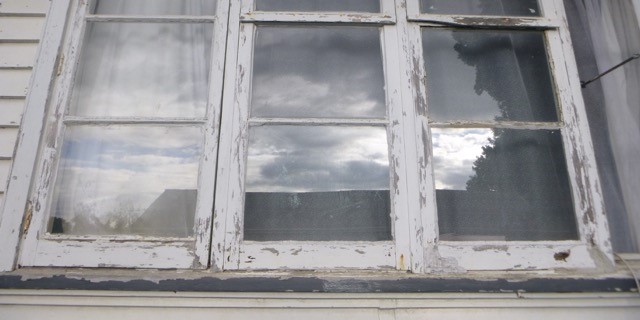In this Building Research Levy-funded project, we looked at whether upgrading existing private homes in Tāmaki was a viable option, or whether retiring them would bring better outcomes for households.
The Tāmaki Regeneration is a large brownfields development which will provide approximately 6000 additional homes over 20-25 years, mainly replacing state-owned housing. However, nearly half of Tāmaki homes are privately owned and are not part of the planned regeneration.
We looked at 14 case study homes, looking at data from:
- An assessment of the state of each house (using Beacon’s extensive research and understanding of home performance and our Home Assessment and Prioritised Plan tool)
- Interviews with each homeowner to find out their perspective on living in the house and neighbourhood
- Interviews with local organisations, including Nga Iwi Kāinga, the Tāmaki Regeneration Company and other local developers
- A look at the economics of upgrading the house by the New Zealand Institute of Economic Research.
What we found…
Decisions are complex and highly individual
Each sample house had a unique set of physical issues that required an individual plan for each house. In a similar way, every household had a unique set of living circumstances, a unique family set up, a unique history, unique financial positions, and a unique emotional attachment to their dwelling and their community. Extended family needs and changing household size were often prioritised over plans to improve individual housing situations.
Upgrades dominated by deferred maintenance
The effect of deferring maintenance on house performance was clearly demonstrated in these houses, with significant rot, leaks, structural damage, internal mould, and draughts. A number of the issues caused by deferred maintenance had become costly to repair, particularly in comparison to the costs of the original maintenance. Reasons for deferring maintenance seem to be:
- financial (ability to set aside enough money for regular maintenance)
- advice and informational (understanding of the need and/or importance of regular maintenance.
Homeowners need help
Homeowners need information about what they could do differently in using and maintaining their home. They generally lacked an understanding of key actions and behaviours to improve their homes.
No compelling case for retirement
The most likely house for retirement could be renovated to a reasonable standard of performance for $36,000. Given the house was providing relatively inexpensive accommodation for the family, it was not a compelling case for retirement. Additionally,
- Most houses could be upgraded relatively simply and cheaply.
- Households had a strong connection and emotional attachment to their house and their land (“my place”), local neighbourhood, and home.
Most upgrades non-technical and inexpensive
Many of the interventions required in order to upgrade houses are not especially expensive. The estimate for external cladding repairs, for example, was relatively inexpensive ranging from $450 – $650. This is indicative of the relative ease of weatherboard repair and replacement (though this did not include an estimate for painting). In addition, many of the upgrade interventions were non-technical in nature and do not require a high trained skill set.
Conclusions
High rates of deferred maintenance and a lack of understanding of why maintenance is important are likely to be New Zealand-wide problems
Deferred maintenance is a significant problem. Across New Zealand, 85% of the existing housing stock will still exist in 2025 and, in a typical year, more buildings are renovated than are built. Many of these are in poor condition – the 2010 House Condition Survey found that 25% of houses had defects that needed attention within 3 months.
The multifaceted reasons for this – financial, as well as advice and informational – are also likely to apply across New Zealand. There appears to be a relatively low level of knowledge of how to solve house maintenance problems, even smaller problems.
Deferred maintenance is contributing to New Zealand’s poorly performing housing stock
In this case study, a majority of home owners considered their homes to be cold but had limited heating (in two cases, no heating at all). The high levels of deferred maintenance in these houses were making very obvious impacts on living conditions; the majority of households had problems with mould, mildew and moisture on windows. Six households reported doctor or hospital visits because of health issues that they thought could have been prevented if the home was in better condition.
Simple home upgrades are a potential community enterprise across New Zealand communities
A multi-pronged approach to the upgrade of homes is required, which combines information, advice, support in how to approach upgrades/ manage contracts, and, for some people, financial assistance. Some of these interventions lend themselves well to a potential community enterprise such as a home advice and retrofit service. Specialist advice, such as structural work, electrical or plumbing, could be contracted in and managed on behalf of the homeowner.

